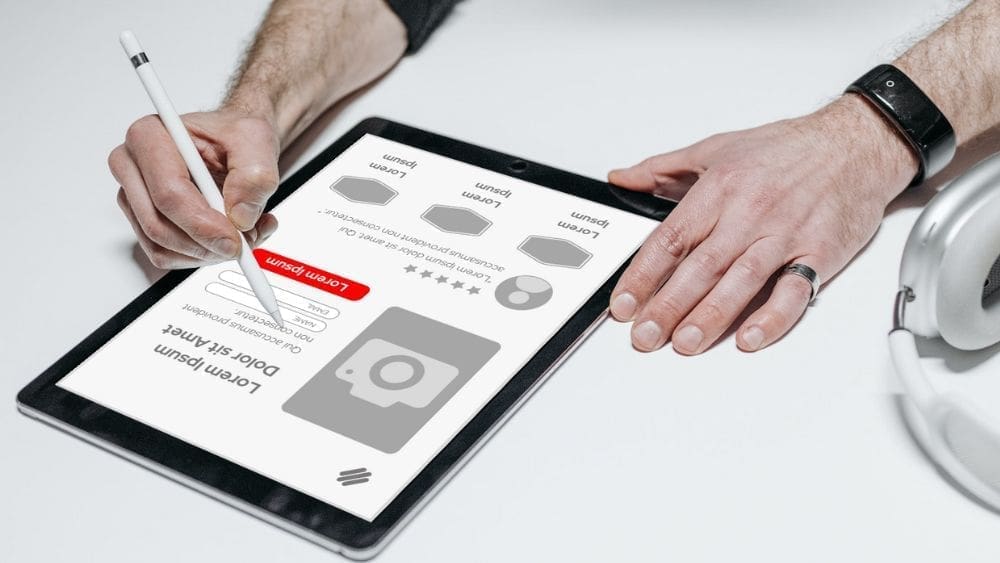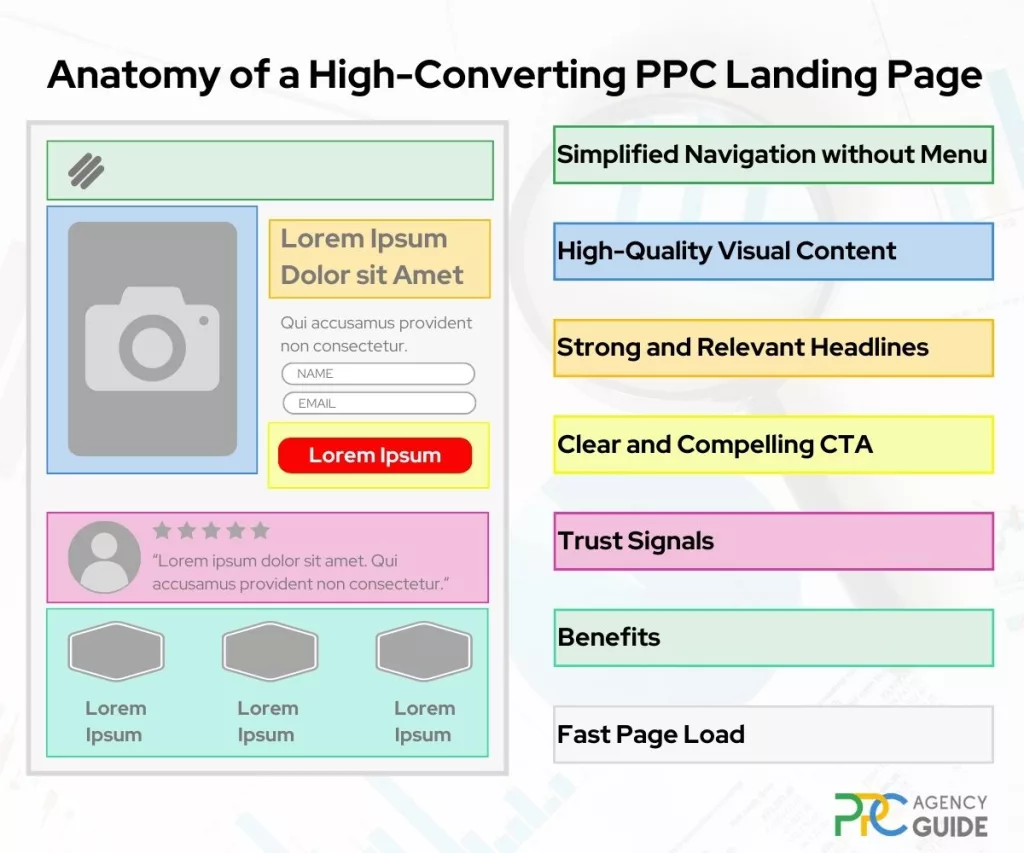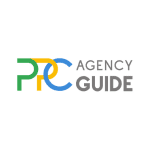
You may have heard that landing page design can make or break your conversions. But, what exactly does this mean, and what PPC landing page components really matter? Give us a few minutes, and we’ll walk you through how landing pages work, why you need to use them, and what sets high-performing landing pages apart from their counterparts.
Best Practices for PPC Landing Page Optimization
Essential Elements of High-Converting PPC Landing Pages
Creating a high-converting PPC landing page involves focusing on specific elements that can significantly enhance its effectiveness. Your headline must immediately capture attention and align perfectly with the ad to ensure visitors know they are in the right place, improving the page experience and reducing bounce rates. Including a clear and compelling call-to-action (CTA) prominently displayed with action-oriented language encourages visitors to take the desired action.
Visual content plays a pivotal role in creating an engaging landing page. High-quality images and videos can significantly enhance the user experience and make your page more appealing. Using trust signals like customer testimonials, certifications, and security badges can also build credibility and reassure visitors of your legitimacy. These combined elements will make your landing page a great example of best practices in PPC landing page optimization. Lastly, ensure your landing page load time is optimized to keep users engaged and reduce abandonment rates.
Tips for Ongoing PPC Landing Page Improvement
Continuous improvement of your PPC landing pages is essential for maintaining high conversion rates. One of the best ways to achieve this is through A/B testing, where you compare two landing page versions to see which performs better. Regularly updating your landing page content based on user feedback and performance data is also crucial to keeping your content relevant and engaging.
Another effective strategy is to use data from your PPC campaigns to inform your optimization efforts By analyzing how users interact with your landing pages, you can identify areas for improvement and make data-driven decisions. Moreover, incorporating SEO best practices into your landing page design can improve organic search visibility and drive more traffic. Remember, optimizing your landing page is an ongoing process; regular updates and testing are key to maintaining high performance.
What Are Landing Pages?
Have you ever clicked on a link and discovered that the page you landed on doesn’t really relate to the link or the information you expected to find is buried on the page? This is exactly the experience 44 percent of B2B businesses create by sending visitors to the homepage, according to TrueList. Landing pages eliminate this problem. They’re hyper-focused pages designed for a specific purpose.
Types of Landing Pages
Paid advertising landing pages are the topic of this article, but there are many different types of landing pages. A few additional examples include:
- Squeeze Page: Used to gather the visitor’s email address, often as part of gated content.
- Splash Page: Often used to share information or ads rather than for lead generation. It appears when visitors are on their way to the content they want to see.
- Lead Capture Page: Works like a squeeze page but collects more information.
- Click-Through Landing Page: A soft opening that shares information to prime someone to buy. When users hit the call-to-action (CTA) on a click-through page, they’re usually taken to a sales page.
- Unsubscribe Landing Page: Allows the user to unsubscribe from emails.
- 404 Landing Page: Serves as a placeholder when the page someone intended to visit does not exist.
Benefits of PPC Landing Pages
It’s well worth the effort to master the art of landing page creation. High-performing landing pages lead to:
- Better User Experience: When the user’s journey is consistent, and they find what they need quickly, their experience is better.
- Higher Conversion Rate: Well-designed landing pages boost conversion rates by 40 percent, according to TrueList.
- Greater Quality Score: Your ad and landing page quality score increases when user experience improves.
- Lower PPC Campaign Expenses: Cost-per-click (CPC) usually reduces when your ad quality score climbs.
- Stronger ROI: Because your PPC campaign performs better and CPC reduces your ROI increases.
Crafting High-Converting PPC Landing Page Examples
Case Studies of Successful PPC Landing Pages
Studying successful PPC landing page examples can provide valuable insights into what works and why. A high-converting PPC landing page often includes a strong headline that aligns with the ad and a clear CTA that guides the user to take action. For instance, a dedicated PPC landing page for a lead generation campaign might feature a compelling offer and a simple form to capture user information.
One successful example is a landing page designed for a software trial. The page includes a strong headline, relevant visual content, and a prominent CTA button that encourages users to sign up for a free trial. This landing page’s clear and concise messaging and visually appealing design make it an excellent example of how to craft effective landing pages for PPC campaigns.
Common Mistakes to Avoid in PPC Landing Page Design
While creating a PPC landing page, it’s crucial to avoid common pitfalls hindering performance. One mistake is overloading the page with too much information, which can overwhelm visitors and reduce the effectiveness of your landing page. Instead, focus on clear, concise messaging and relevant visuals that support your CTA.
Another common mistake is neglecting mobile optimization. With an increasing number of users accessing web pages via mobile devices, ensuring your landing page is mobile-friendly is essential. Slow page load times can also negatively impact conversion rates, so optimizing for speed is critical. Lastly, avoid using generic page designs that don’t align with your ad’s messaging, as this can create a disjointed user experience and reduce trust. By steering clear of these mistakes, you can improve the effectiveness of your PPC landing pages.
7 Conversion-Boosting PPC Landing Page Components

The average landing page conversion rate is 9.7 percent, according to HubSpot. High-converting landing pages usually convert 10 percent or more of visitors, though this can vary by industry. Landing pages that include the following seven components tend to outperform their peers and meet this benchmark, so it’s essential to include them when you build yours. Regular audits can help ensure these elements are continually optimized. Refer to our PPC Audit Guide for best practices.
1. Strong and Relevant Headlines
Try to follow the same conventions for PPC landing pages that you should for other landing pages, but with a few adaptations.
- Optimize: Include the search term in your headlines if you’re running search ads. This creates consistency for the user and can boost your ad quality score.
- Use Power Words: Words like “success” and “effortlessly” to evoke an emotional response in the reader.
- Be Brief: H1 headers should be 60 characters or less. H2 and subordinate headers don’t have length requirements, but short and punchy usually work best.
- Be Solution-Oriented: Focus on your solution rather than the product, service, or features.
2. Clear and Compelling Calls to Action (CTAs)
The call-to-action button on a PPC landing page will typically be part of a lead generation form. To increase CTA button clicks:
- Be Descriptive and Use Verbs: For instance, “Get Your Free Quote” is better than “Submit Form.”
- Create Consistency: Reinforce or build on the heading and any promises made in your ad copy.
- Keep it Short: Five words or less is a good rule of thumb.
- Use Contrasting Colors: Your CTA should draw eyes to it and stand out from everything else on the page.
3. Relevant and High-Quality Visual Content
Images, gifs, videos, and other visual content are often overlooked as essential PPC landing page components. However, more than a third of marketers agree they positively impact landing page conversion rates, per HubSpot research. Various studies show anywhere from a 20 to 80 percent uptick in conversions when video or images are used.
There are a few tricks to making visual content work for you, though.
- Be Selective: Only choose visual assets that add to the experience.
- Keep it Light: Large image files and video code can slow down a page, which reduces conversions.
- Save Some White Space: Leaving blank space between elements can help define important sections and improve perceived quality and value. Resist the urge to load a page up with images.
- Go Unique: Stock photos and generic visual content have little impact on conversions because people perceive them as inauthentic.
4. Trust Signals
Very few people will take you at your word, especially if they’re paying on the spot or asking them for personal information. A strong landing page includes elements that tell the reader your business can be trusted. That way, they stay on the page and continue through your funnel rather than leaving to research your business and potentially never returning. This can happen even if your business has a stellar reputation, as visitors are influenced by environmental cues, too. Anything from a barking dog to the end of a workday can permanently end a journey.
- Testimonials and Reviews: Nearly three-quarters of people say that reviews and testimonials from customers are more credible than a brand’s perspective of its products or services, according to Influencer Marketing Hub. Almost half say they trust reviews as much as recommendations from friends and family.
- Certificates: Licenses and certificates from external authorities can be used to demonstrate expertise and knowledge.
- Awards: Third-party recognition for things customers care most about, such as support and quality, especially from notable organizations, can give your business more credibility.
- Affiliations: Include logos of professional organizations to which your company belongs to demonstrate industry expertise and ties to the community.
5. Benefits and Value Proposition
Businesses often want to focus on a product’s features, but what customers care about is how the brand solves their problems. For instance, Apple doesn’t just say the iPhone has Action Mode. It uses the phrase “Shaky shots, stable video.” You understand precisely how it helps you in four words. Identify benefits that support your main value proposition or primary heading and sprinkle them throughout your landing page.
It’s also worth noting that discussing what your brand is known for not doing can be just as powerful. Addressing buyer fears on landing pages can increase conversion rates by 80 percent, according to HubSpot. Each person will come to your landing page with different objections, so refer to your buyer personas to ensure these are addressed, too.
6. Simplified Navigation and Layout
Your landing page has one goal: encourage the visitor to take the action you want them to take. Yet, 84 percent of landing pages have navigation bars that allow the visitor to leave and become sidetracked, according to TrueList. Many use every available inch of screen to make their case as well. Unfortunately, these types of cluttered designs damage the flow and reduce clicks.
Landing page forms should be as clean as possible, too. Each question asked reduces the likelihood that someone will complete the form, so only ask for information you absolutely require.
While these aspects are important for all visitors, those using mobile devices are especially sensitive to cluttered and disjointed layouts. Keep your landing page as simple and clean as possible to minimize bounces and maximize conversions.
7. Fast Load Speeds
A one-second delay in loading reduces conversion by seven percent, according to TrueList. Try to get your load times to three seconds or less. This can be achieved through clean coding, keeping plugins to a minimum, using newer image types with smaller file sizes, and other speed optimization techniques.
Boosting Page Speed for Better PPC Results
The Importance of Page Speed in PPC Campaigns
Page speed plays a pivotal role in the success of your PPC campaigns. A fast-loading landing page is essential for keeping visitors engaged and reducing bounce rates. According to various studies, even a one-second delay in page load time can lead to a significant drop in conversions. Therefore, optimizing page speed should be a top priority when designing PPC landing pages.
Several factors contribute to page load times, including the size of images, the amount of code on the page, and the use of external scripts. By minimizing these elements and using efficient coding practices, you can improve your landing page performance. Tools like Google’s PageSpeed Insights can help you identify areas for improvement and ensure your page loads quickly for all users.
Techniques to Enhance Landing Page Load Times
There are several techniques you can use to enhance the load times of your PPC landing pages. First, optimize images by compressing them and using modern formats like WebP, which offer smaller file sizes without sacrificing quality. Reducing the number of plugins and external scripts can also help speed up your page.
Implementing lazy loading for images and videos ensures that they only load when they come into the viewport, improving initial page load times. Using a content delivery network (CDN) can also distribute your content more efficiently and reduce load times for users across different locations. By focusing on these optimization techniques, you can create a faster and more effective PPC landing page that keeps visitors engaged and drives conversions.
Get Help Evaluating and Improving Your PPC Landing Pages
Even if you know the essential landing page components, implementing best practices can be challenging. Moreover, ongoing landing page optimization is required to ensure you get the best results possible. If you need help with your PPC landing pages or any component of PPC management, let us connect you with an experienced PPC agency. Request a complimentary consultation.


















